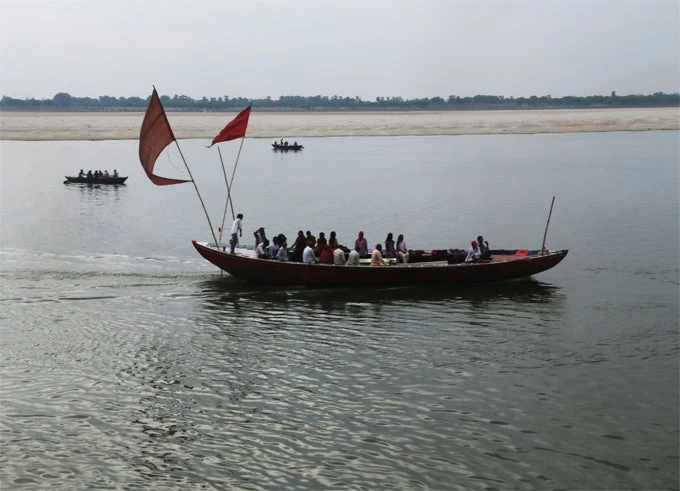
South Asia can now reap the benefits of greater regional integration it once enjoyed before its partition into various countries. But first, the region must break down the barriers that impede its intra-regional trade.
In 2010, the 16th South Asian Association for Regional Cooperation (SAARC) Summit in Thimphu called for greater regional integration to make the period 2010-2020 the ‘decade of intra-regional connectivity.’
In a similar vein, the South Asia Economic Conclave 2015 highlighted that intra-regional trade could potentially reach 25 percent of the total trade conducted by South Asian countries. Currently, this number has stagnated to a low 5 percent.
In this context, the development of inland water-ways should become a priority for the region.
India is home to 15,000 kilometers of navigable inland waterways. However, these represent a paltry 3 percent of the country’s total transport. In China, this number is 47 percent.
Trade along river banks must be rejuvenated to ensure that local populations become important stakeholders in maintaining the health of the river-ecosystem. Use of waterways significantly reduce the cost of transportation and curb carbon emissions (estimates suggest up to 80%). Countries like Bangladesh, Nepal and Bhutan can be India’s natural partners in making this endeavor a success.
On road connectivity, a multi-pronged approach is necessary. Good quality intra-regional roads, integrated and modern IT-enabled check posts, cargo handling and storage infrastructure, facilities for drivers and related personnel must be beefed-up.The Bangladesh, Bhutan, India and Nepal (BBIN) Motor Vehicle Agreement aims to provide seamless movement of people and goods across borders. Over time, it can be expanded to include other countries in South Asia. This will significantly bring down the costs incurred by the logistics industry. Opening more border marketplaces (haats) will benefit small and medium industries in these regions.
The World Bank is currently studying haats already in operation along the India-Bangladesh frontier to explore options to scale-up these activities.
A logistics regulator serving all countries in South Asia can be established with the help of governments and Chambers of Commerce to vet the consignments being traded. It will build trust in the trading community and help address issues of high trade-related insurance costs, inconsistent categorization of goods across countries, settlement of disputes, and tariff barriers.
This blog is part of the series South Asia Youth Voices on regional integration. The views expressed are those of the authors.



Join the Conversation